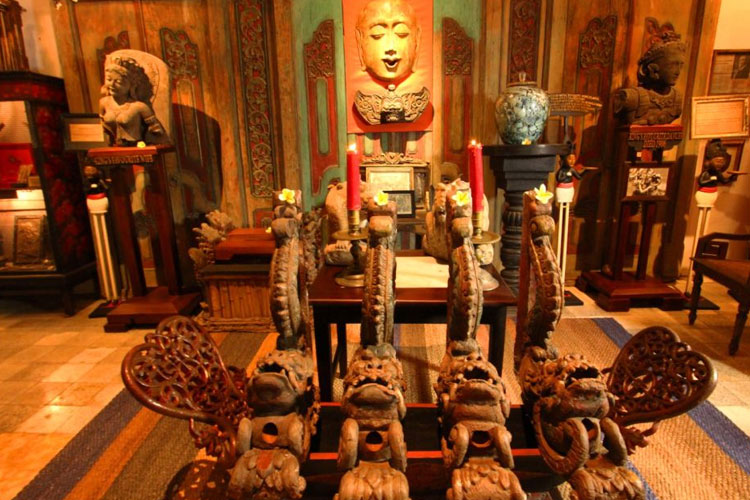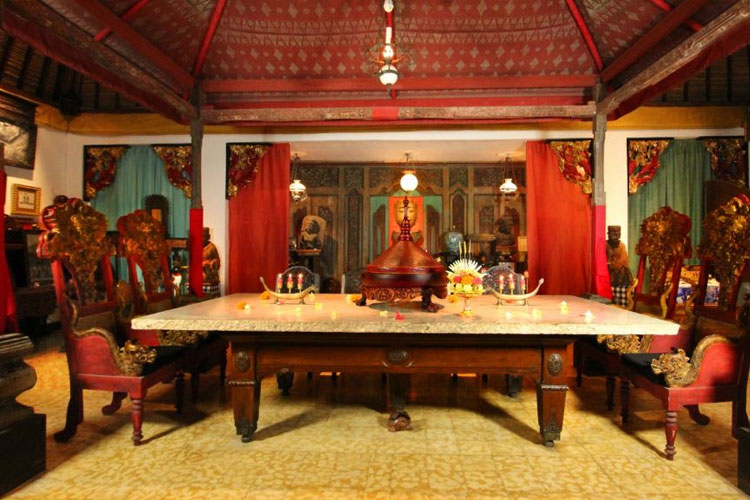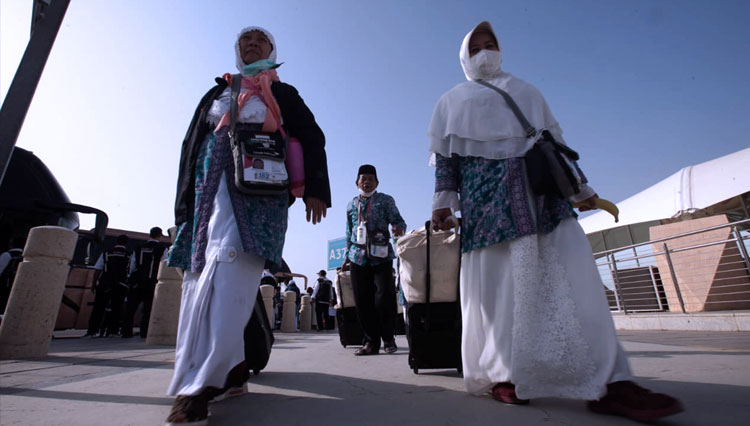Bale Puputan, At Hotel Tugu Bali, Canggu Beach
A tribute to the most important piece of Balinese history The Puputan War in Badung in 1906 as well as in Klungkung

TIMESINDONESIA, MALANG – A tribute to the most important piece of Balinese history The Puputan War in Badung in 1906 as well as in Klungkung in 1908 were two heroic wars that took place in Bali between the Dutch military and the Balinese kingdoms of Badung and Klungkung. This mass ritual suicide that was performed in preference to facing the humiliation of surrender, ended up with hundreds, and maybe up to 1,000 Balinese people dead, and shocked the world in the beginning of the 20th century.
The dispute that led to the war began when Sri Koemala, a ship under the Dutch flag that sank in front of the beach in Sanur after a heavy storm. The route of this Sri Koemala ship was unclear; some estimated that the ship was en route from Borneo to Java.
This ship was loaded with various merchandises from a bigger ship that traveled from China called Hiap Eng Moh that belonged to the Oei Tiong Ham Concern, which was headquartered in Semarang, Central Java. Among the goods found in this Sri Koemala ship were also art pieces that were brought from China by the Hiap Eng Moh ship.
During the storm many items in the ship got destroyed, including thousands of Ming and Qing Dynasty (16th – 19th century) ceramic plates that broke into pieces and found in this sunken ship. Around 2,300 plates managed to be saved and kept in good condition in Malang by the line of Oei Tiong Ham family from his marriage to Raden Adjeng Kasinem.
The Dutch government had been looking for a way to assert its power across the island of Bali, and they had faced many difficulties. The Governor General Van Heutsz in Batavia saw the sinking of the Sri Koemala as an opportunity to finally succeed in their efforts to occupy Bali, to end the regime of the Badung and Klungkung palaces once and for all.

When the ship sank in front of Sanur, the Dutch accused the citizens in Sanur under the rule of the King of Badung for having looted the sunken ship, which the Dutch believed should be in the rightful possession of the Dutch Indies. They demanded the Raja of Badung to compensate the ship owner, Kwee Tik Tjiang, for the loss that he had to endure. The Raja of Badung took this as a false accusation and an insult. The owner of the ship hired a very notable lawyer who was very knowledgeable of the law
of that time. However, the Raja of Badung boldly rejected all allegations from the Dutch and prepared themselves for an extremely tragic fate that awaited him and his people.
On 19 September 1906, a farewell ceremony was held at the palace of Badung, serenaded by a beautiful gamelan orchestra played by the palace’s best musicians. The king of Badung gave his last words to his attendants, his generals, his family members as well as his people, advising them to face the final attack of the Dutch military with courage and readiness to sacrifice their lives.
On 20 September 1906, the Raja of Badung in his glorious attire, with his priest, wives and children, soldiers, all dressed in white and wearing their best jewelry, walked bravely to face the Dutch soldiers outside of their palace. All of them died – some stabbing their own keris to their own chests, and many
others, a mass majority, were killed by the weapons of the Dutch. (*)
Apa Reaksi Anda?




























































